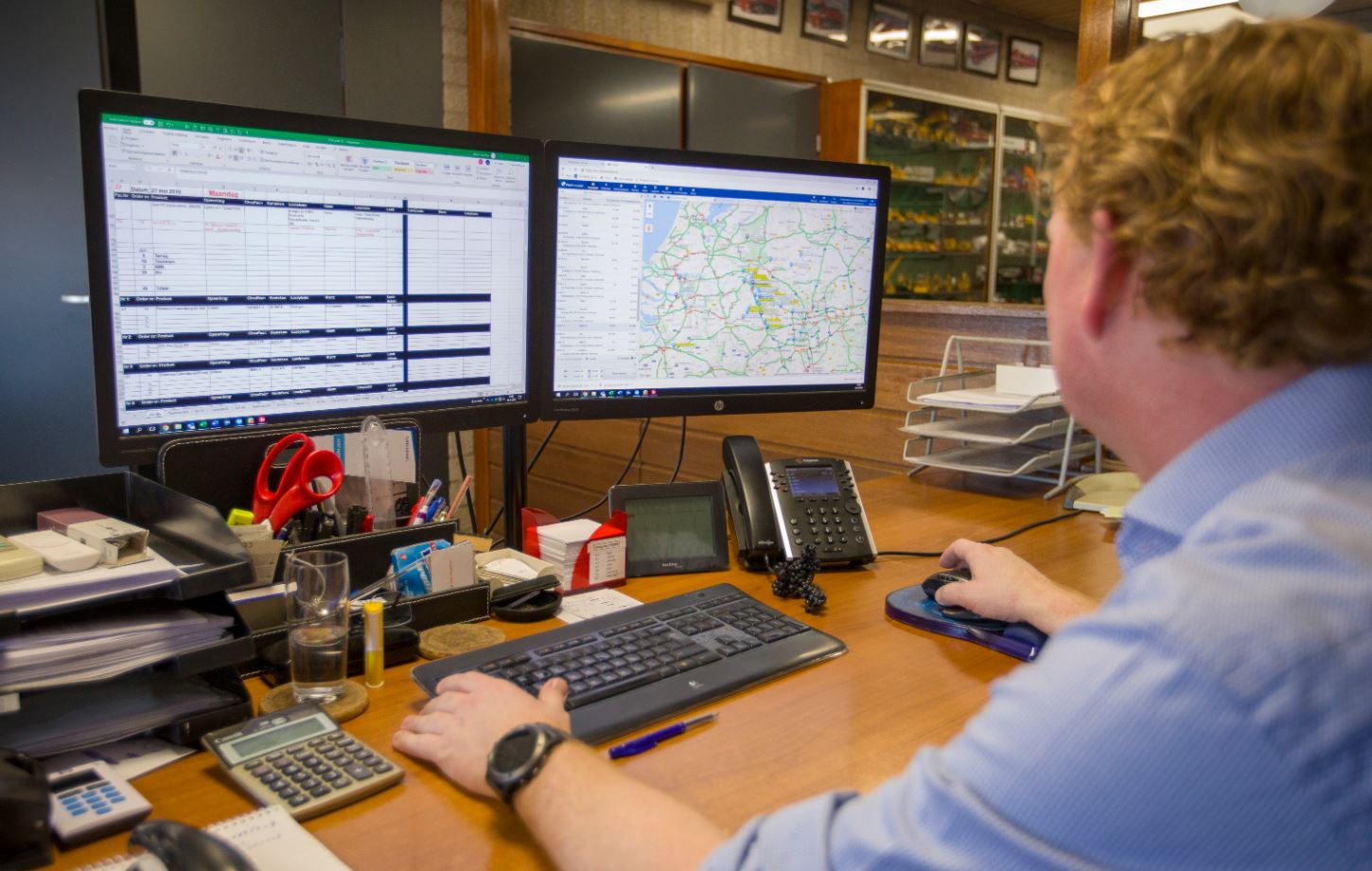
Multi-vehicle crashes involving trucks in Australia have declined by over 16% year-on-year, despite a rise in the number of trucks on the road, according to a 2021 report from Australia’s leading truck insurer, NTI.
“There’s been a massive reduction in multi-vehicle crashes involving trucks and the lowest number of fatigue-related crashes since NTI began keeping records 18 years ago,” says Adam Gibson, fleet risk engineer at NTI and author of the report. But what’s the reason for this improvement?
Let’s take a closer look at Australia’s decline in trucking accidents, then look at some of the best practices that are helping keep drivers safe.
What’s Driving Australia’s Decline in Trucking Accidents?
From better education to data-driven insights, fleet managers are in a far better position to protect their team than they were ten, five, or even two years ago — and it’s all thanks to advances in fleet management technology.
“Australia’s trucking industry is set for an information boom over the next decade, which will help improve safety and increase productivity,” says Sal Petroccitto, chief executive officer of the National Heavy Vehicle Regulator (NHVR). Data-driven technology is the new frontier in making our roads safer. “We want every driver to travel safely and arrive safely at their destination and ensure these…report figures continue to improve.”
Driver Crashes: The Biggest Risks
When it comes to fatal crashes on Australia’s highways, these tend to be the main causes:
- Fatigue
- Inattention/distraction
- Inappropriate vehicle positioning
- Fire
- Medical event
- Inappropriate speed
 Australia’s worst crashes tend to be caused by one or more of these six reasons (Image Source).
Australia’s worst crashes tend to be caused by one or more of these six reasons (Image Source).
Though figures fluctuate from year to year, fatigue and distraction tend to be the two most common causes of collisions. But fortunately — with the right tools and measures in place — they are preventable.
How to Keep Your Drivers Safe
From driver reporting to initiatives and incentives — here are some best practices to help your drivers avoid collisions and your fleet perform safely.
1. Set Up Driver Alerts
Training is one valuable way to make sure your drivers are as well-equipped as possible to deal with challenges. However, out on the open road, things can be unpredictable, and there will be times when they need a little extra help.
With Fleet Complete’s Fleet Tracker, drivers can receive in-cabin audible alerts that notify them of their behaviour in real-time — helping to prevent accidents by promoting safe driving habits.
2. Implement Driver Reporting/Scorecards
It’s important to monitor driver behaviour so that you can quickly spot unsafe patterns and provide the appropriate feedback. It’s equally important to recognise and reward good performance.
That’s why Fleet Tracker’s driver scorecards are a great way to promote safe driving. By evaluating a driver’s performance based on their driving metrics — such as speeding, idling, and aggressive behaviour — scorecards allow managers to determine which drivers need additional training and which should be rewarded for great driving.
3. Create Reports on Diagnostic Trouble Codes (DTCs)
Engine data can help you track issues and keep your vehicle in top shape. DTCs help you spot problems early so you can fix them and keep your vehicles and drivers safe.
With a fleet management software system in place, DTCs will trigger alerts when a fault is detected so you can address the issue before it’s too late. Having these real-time diagnostics can help you run your fleet more efficiently, and most importantly, safely.
 Fleet Complete’s engine diagnostics hub.
Fleet Complete’s engine diagnostics hub.
4. Fine-Tune Your Safety Procedures
It’s vital everyone on the team understands your safety procedures. A lack of clarity or cohesion leaves room for misunderstandings and different interpretations of the rules. To avoid this, look out for the three Cs:
Clear: Rules and instructions should be written in plain, unambiguous language.
Cohesive: Safety procedures should be uniform across the company. This means that wherever an individual finds their information, it is the same across the entire business.
Convenient: Safety procedures need to be easily accessible. Have them in paper format, on your business’ intranet, and on your fleet management system. The more convenient it is to find crucial information, the more likely it is that everyone will know how to act and what to do.
Safety begins with education. So, take the time to train your drivers properly with periodic training throughout their careers. No driver is too experienced: new technology, road rule changes, and vehicle upgrades mean there’s always something new to learn.
Remember, technology is pushing the boundaries of what was previously considered possible in fleet safety. Now there is an array of tools and features to choose from — like Fleet Complete’s Inspect App, which allows drivers to do their vehicle walkarounds more efficiently.
How Fleet Complete Can Help
Fleet management solutions can help you maintain safer vehicle operations in several ways. For instance, by leveraging telematics to schedule routine vehicle checks and creating customised driver scorecards, managers can improve maintenance efficiency and identify unsafe behaviour (e.g., speeding, harsh braking, etc.).
Equipped with these technology-enabled insights, managers can increase fleet productivity while also leading the way in safety.

Take Fleet Complete’s fleet management system for a spin to see how it can increase driver safety and optimise your fleet operations. Get started today by trying our Fleet Complete demo.
If you found this article helpful, please share it on social media.


































































